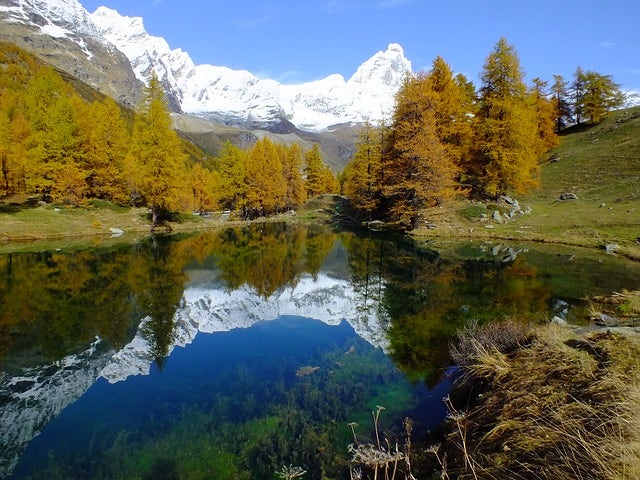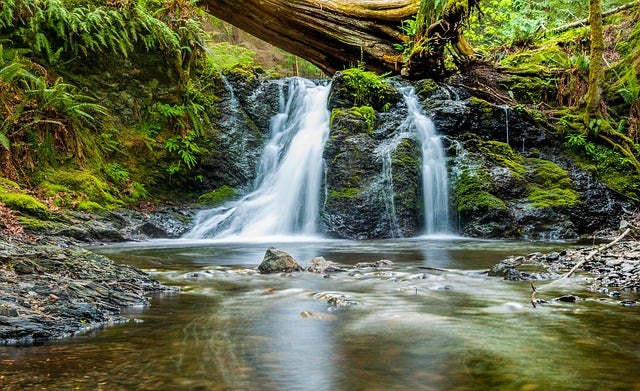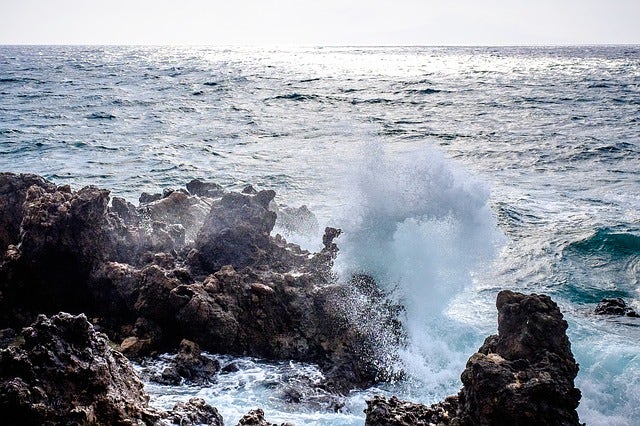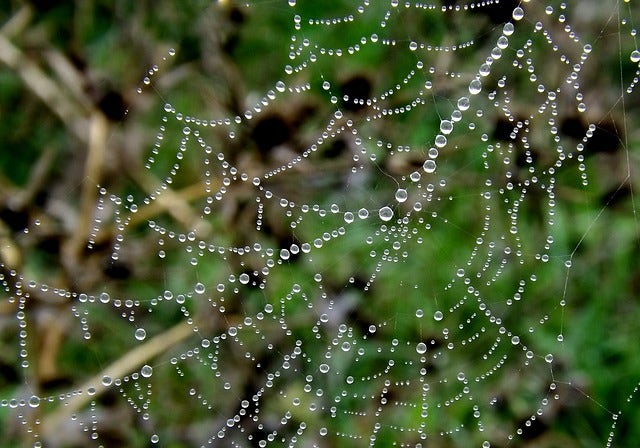
Water makes an excellent photographic subject. It’s one on the most photographed objects - and for good reason.
Whether it’s the surf breaking on a beach, flowing streams or a lake reflecting the scenery, water photography can be beautiful.
If you want to begin experimenting with your camera, water photography is a great place to start. You'll always be able to find a great subject.
Just as there are many types of water, there are also many ways you can photograph it. These are the best ways to make the most out of photographing water and produce fabulous results.
Flowing Streams and Silky Rivers
Some of the most beautiful landscape photos make use of a longer shutter speed. Most notably when a photographer wants to capture a flowing body of water.
To capture a soft and silky stream of water you will need to use a longer shutter speed. Generally anything below a 60th of a second will capture a running stream of water in the most beautiful way.
To turn the water into a silky ribbon you should turn your shutter speed setting down to 1 second or longer.
The faster the water is flowing through your shot the shorter the shutter speed you will need. It can still be difficult to get a shutter speed slow enough to get the result you want.
Things to remember:
Polarising filters give depth
Different filters will have different effects on your photography. This filter will reduce the amount of light getting to the sensor or film usually around 2 stops.
This means you will be able to use an even slower shutter speed. A polarising filter will also help you to get rid of reflections and give more depth to the stream.
Neutral-Density (ND) filters will keep your colour
An ND filter will reduce the light getting through the lens making it easier to capture a flowing stream.
This light grey filter won’t alter the colours of the image. ND filters are available in different strengths, from one stop reduction to a 10 stop reduction.
Reduce the ISO
By reducing the ISO you will be able to set longer shutter speeds. As always, when using a longer shutter speed make sure to use a tripod.
Once your shutter speeds go below 60th of a second your camera will pick up on the slightest movement. You don’t want your great shot to be ruined by a shaky camera.
Freezing the Action
If you want to freeze falling water in time, press pause on a crashing wave you will need to set your camera to a high shutter speed.

There are many ways to use high shutter speeds in nature photography. But it can also be useful for capturing the kids playing in the pool.
If your camera has a shutter priority or manual setting, setting your camera to a higher shutter speed is fairly easy. Aim for above 250th of a second.
Things to Remember:
Action Mode and shutter speed
If your camera won’t let you change the shutter speed, you can still experiment by switching to Action mode. This mode automatically has a higher shutter speed.
Or use a Higher ISO setting
Changing your ISO to a higher setting will also give you a faster shutter speed.
Water Drop Photography
Getting your camera out after rain, or early in the morning when there is still heavy dew around can create some wonderful images.

The most important things to remember when photographing water droplets is light and angles.
When experimenting with water drop photography try approaching your subject from several angles. Different angles will have different light reflections.
Things to Remember:
Use Small Apertures for depth
Depth of field is often sacrificed in macro photography. When getting up close to a subject, use a smaller aperture to increase the depth of field.
And make sure you use an appropriate lens for the type of image you want to capture.
Pay attention to the light source
Change up your position to find the best lighting angles, you can even experiment with artificial light.
How the light reflects off or through the droplets is important. It will transform them from dull grey blobs into sparkling droplets.
Use a Tripod
As shutter speeds become longer at the break of dawn or on a cloudy day, make sure to invest in a good tripod.
Still Water Reflections
Capturing a lake at the perfect moment can be very rewarding. When the air is still the water becomes like a giant mirror reflecting the scenery.

This kind of water photography is so interesting it can even liven up dull scenery. Light breezes can create interesting patterns on the water’s surface. You can even create your own patterns by skipping pebbles.
Look for opportunities of specular reflection after it rains. Puddles can often provide some excellent results.
For everything you need for impressive water photography check out our wide range of cameras and accessories in our online store or head into your local Camera House shop for some great advice.
